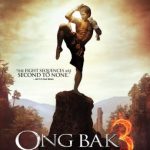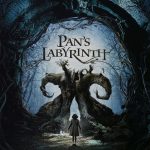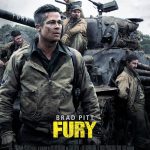C’era una volta il West (1968)
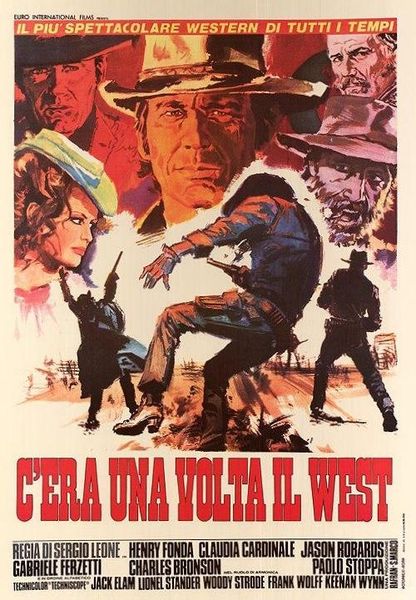
“C’era una volta il West” (1968): Sergio Leone’s Masterful Deconstruction of the Western Genre
In 1968, Italian filmmaker Sergio Leone crafted a cinematic masterpiece that would go on to redefine the Western genre. “C’era una volta il West” (translated as “Once Upon a Time in the West”) is a sprawling, epic tale that seamlessly blends the gritty realism of the American frontier with the director’s signature stylistic flair, creating a truly mesmerizing and unforgettable cinematic experience.

At the heart of the film lies a complex and multilayered narrative that delves into the darker, more morally ambiguous corners of the Western mythos. The story revolves around a mysterious stranger, known only as Harmonica (played with chilling intensity by Charles Bronson), who arrives in a small desert town with a personal vendetta to settle. As he crosses paths with a ruthless outlaw named Frank (Henry Fonda, in a brilliant subversion of his traditional heroic persona) and a determined widow named Jill (Claudia Cardinale), the film weaves a intricate web of alliances, betrayals, and slowly unraveling secrets that leave a lasting impact on the audience.
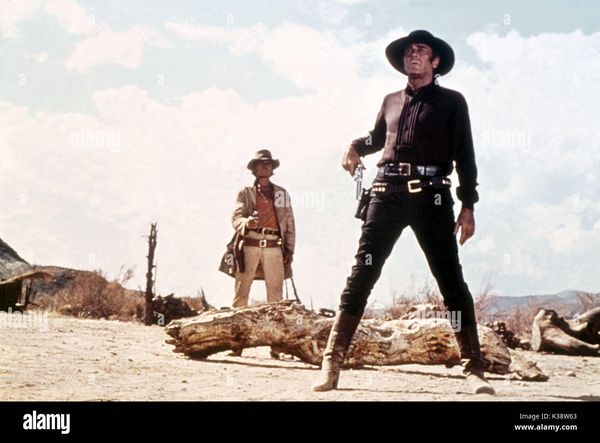
Sergio Leone’s masterful direction is the driving force behind “C’era una volta il West’s” enduring success. The director’s trademark visual storytelling, characterized by sweeping, contemplative shots and a keen eye for detail, is on full display throughout the film. The vast, breathtaking landscapes of the American West become a character in their own right, serving as a backdrop for the characters’ emotional and psychological journeys.
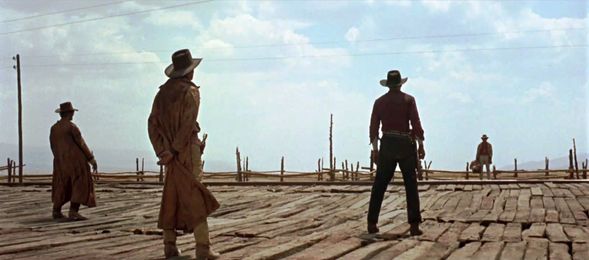
The film’s pacing is deliberate and unhurried, allowing the audience to fully immerse themselves in the rich tapestry of the narrative. Leone’s understanding of timing and suspense is truly remarkable, as he crafts sequences that build tension and anticipation, culminating in explosive and unforgettable moments of violence and catharsis.
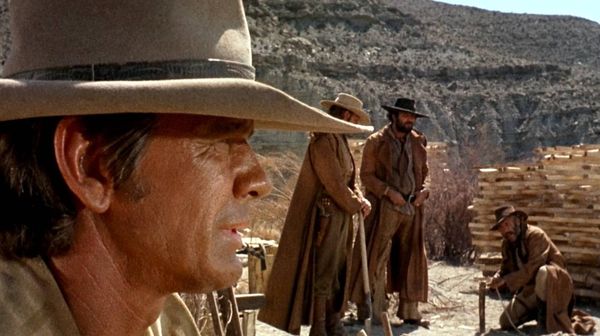
The performances in “C’era una volta il West” are equally noteworthy, with the central trio of Bronson, Fonda, and Cardinale delivering nuanced, complex portrayals that defy the traditional archetypes of the Western genre. Bronson’s Harmonica, in particular, is a fascinating and enigmatic character, whose motivations and backstory are gradually revealed through a series of masterful storytelling techniques.
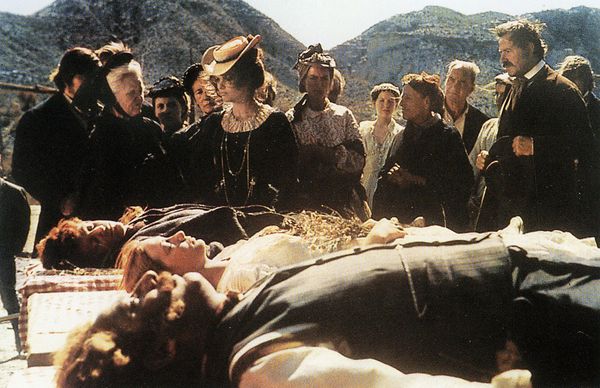
The film’s technical achievements are also worthy of praise, with Ennio Morricone’s iconic score, Tonino Delli Colli’s stunning cinematography, and the meticulous production design all contributing to the creation of a truly immersive and visually captivating cinematic experience.
“C’era una volta il West” stands as a seminal work in the Western genre, a film that not only entertains but also challenges the audience’s preconceptions and expectations. Sergio Leone’s masterful deconstruction of the classic Western tropes, combined with his unique directorial vision, has cemented the film’s status as a cinematic landmark that continues to inspire and influence filmmakers and audiences alike.
In conclusion, “C’era una volta il West” is a cinematic masterpiece that transcends the boundaries of the Western genre, offering a rich and multifaceted exploration of themes such as revenge, morality, and the enduring human spirit. Sergio Leone’s bold and innovative approach to storytelling, coupled with the film’s exceptional technical achievements and captivating performances, make it a timeless work of art that continues to captivate and intrigue audiences decades after its initial release.
